Post Construction Anti Termite Treatment And Procedure
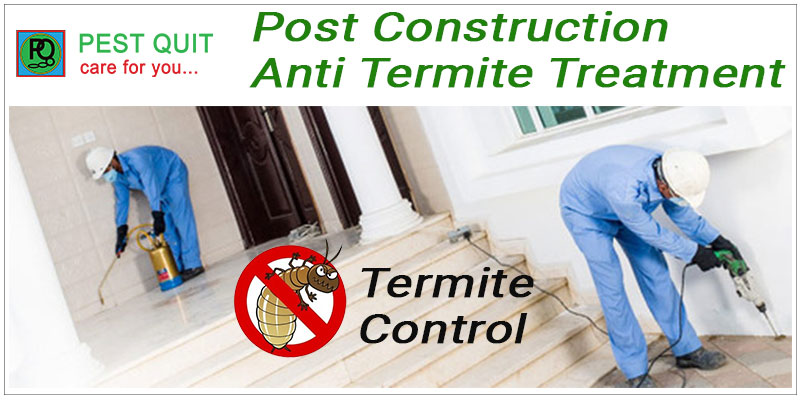
What is post construction anti termite treatment?
Post construction anti termite treatment is a termite control technology used on a structure that is ready for occupancy or a home that has already been occupied.
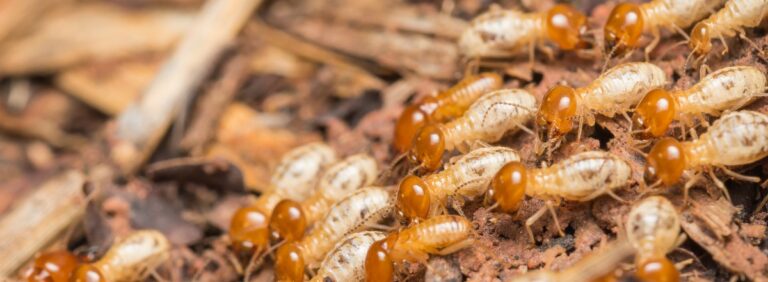
When pest invaders assault through surface soil and spread within the building in search of food, this strategy is used.
Termites will emerge from the earth and cause damage on all types of wood furniture, doors, and frames, among other things.
Anti termite post construction is the best way to avoid further damage to structures that have been invaded by termites.
It is not possible that you will have to reconstruct your building if termites are permitted to attack consistently throughout the year.
BENEFITS OF ANTI TERMITE TREATMENT
Post construction termite treatment can be carried out after the building has been completed and is ready to be occupied, or even after it has been occupied. The floor will be gently drilled with a drill to allow chemicals to be injected, then covered again in nearly the same state as before it was drilling.
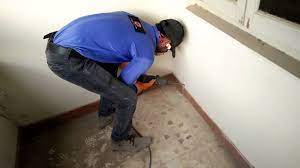
POST CONSTRUCTION ANTI TERMITE METHOD
When used to kill termites gradually by targeting their nervous system, non-repellent / slow action chemical termiticides are particularly efficient.
Termites will bring active termiticide to their colonies when they reach soil that has been treated with chemicals.
Other colonies will be impacted in the days ahead as a result of coming into touch with individuals who have been poisoned by the chemical.
As a result, the colony as a whole will be discharged.
Following steps are taken while Post construction termite treatment:
Thorough inspection:
The first step is a thorough investigation of termite-infested structures. This is necessary for determining the point and course of termite attack, as well as the usage of termite control measures in the structure.
Drilling on the floor:
The second stage is to use a drill to bore a hole in the floor’s surface and inject anti-termite chemicals at a particular equal distance location.
Inject a chemical using an injector:
Anti termite chemicals are injected into holes in order to protect structure from termites.
Install the bait inside and out:
If the inspection results indicate that termite bait should be put in the structure, baiting will be carried out. The placement of bait both outside and inside the colony has the potential to harm the colony as a whole.
Dril-Fill-Seal Method for Termite Control
Dril-Fill-Seal is a method of drilling holes and injecting chemicals (Termiticide solution) at the junction of walls and floors, then sealing them, is used to avoid underground termite infestation.
Holes of 12mm diameter, 20 inches apart, will be drilled at a depth of 12″ on the ground and 4″ on the upper levels along the inner junction. To establish a termite barrier, termiticide will be sprayed under pressure.
Operations invoved in effective post construction anti termite treatment
1. Thorough Inspection
The inspection is carried out to determine the extent of the termite infestation in the building, as well as to identify the source of termite entrance and the areas of the building that have been attacked.
The first part of the building to be inspected is the part that is in touch with or next to the ground.
Basements, ground floors, steps leading from the ground, walls, columns, damp or humid locations such as bathrooms, lavatories, leaky pipes or drains, and places where woodwork is embedded in the floor or wall are all examples. Ceilings, wooden panelling, wire battens, conduits, and switch boards are all places where termites hide and should be thoroughly inspected.
Lifts, wells, casings and covers of electrical wire, telephone cable, water supply and soil pipes that serve as handy and well-protected zones for termites infestation should all be thoroughly inspected in multi-story structures.
2. Treatment of voids in masonry
Termites attack masonry foundations from soil next to or beneath the structure, then make their way up via gaps in masonry cracks to gain access to the interior.
To keep termites out of masonry voids, 12 mm diameter holes with a 300 mm centre to centre distance are bored at a downward angle of approximately 45 degree from both sides of the walls at plinth level, and then chemical emulsion is injected into the holes until the masonry is entirely saturated.
After that, the holes are sealed. This treatment is applied to all walls with a soil foundation.
At crucial sites such as wall corners and spots where door and window frames are embedded in masonry on the bottom level, the drilling hole must be treated and chemical emulsion poured.
3. Soil treatment for foundations
This treatment entails using a chemical emulsion to kill or repel termites in the soil beneath the structure and around the foundations.
With the use of a shovel, about 500 mm deep trenches are dug along the exterior perimeter wall of the structures (the trench width is equivalent to the width of the shovel), and 12 mm dia to 18 mm dia holes at 150 mm centres are dug in the trenches near to the wall face.
The holes should ideally reach up to the top of the foundation footings or to a depth of at least 500 mm, whichever comes first.
The holes are then filled with a water-based chemical emulsion, and the backfill earth is sprayed with chemical emulsion when it is returned to the trench, forming a poisoned soil barrier around the perimeter of the structures.
The total amount of chemical to be used in this treatment should be 7.5 litres per square metre of the masonry in the foundation’s vertical surface.
4.
Treatment of wood work
Termite-damaged wood should be replaced with fresh wood that has been properly brushed or dipped in an oil or kerosene-based chemical emulsion.
Drilling 6 mm dia holes at 150mm centre to centre at a downward angle of 45 ° to cover the complete framework and then injecting oil based chemical emulsion into the holes should be used to protect the infected wood work for door and window frames, etc.
To prevent termites from attacking woodwork that hasn’t been affected, a chemical emulsion should be sprayed over it.
5.
Treatment Of Termite Mud Tubes
Termite tubes that are visible will be sprayed and destroyed, and termiticide will be applied to the affected area.
Professional pest control is the only choice for serious pest problems. Experts at Pest Quit will help you determine the best plan of action for safely eliminating the pests.
Looking for Effective Pest Control Services in your city?
Then you are in the right place.

anti termite treatment bangalorecivil termitePre Construction Anti Termite TreatmentRCC foundationtermite control near me
Related Posts
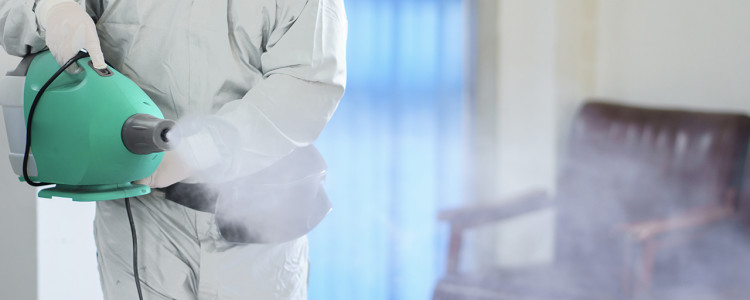
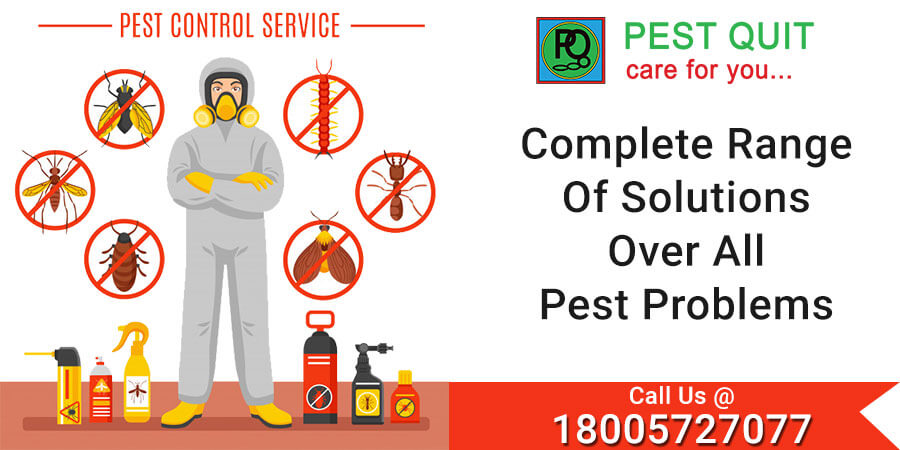
Top 5 Reasons Why You Need Regular Pest Control Service
Congratulations- so, you’ve decided to keep your home or business pests free, great!But if you…
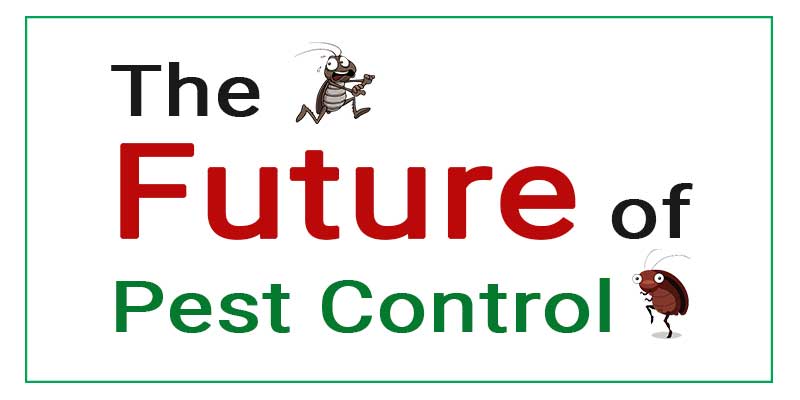
The Future of Pest Control Predictions and Innovations to Watch For
The Future of Pest Control Predictions and Innovations to Watch For Pest control has been…
